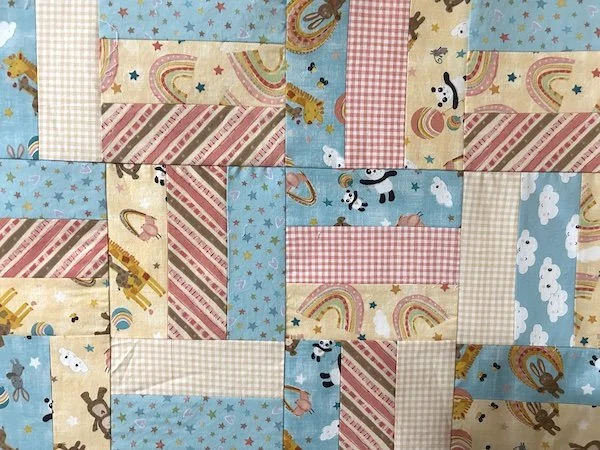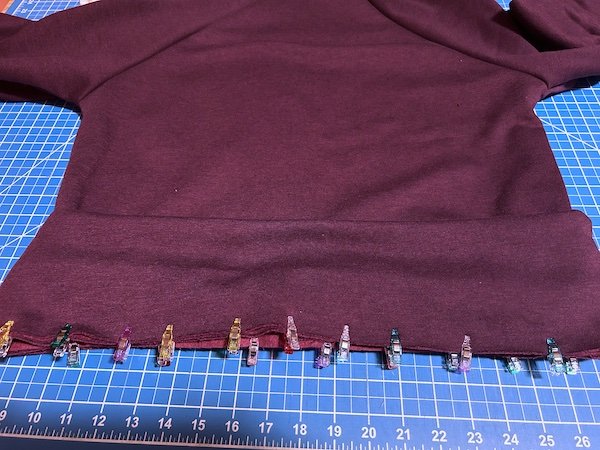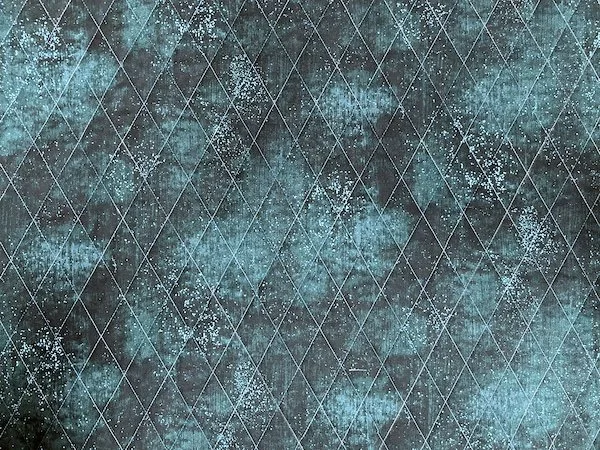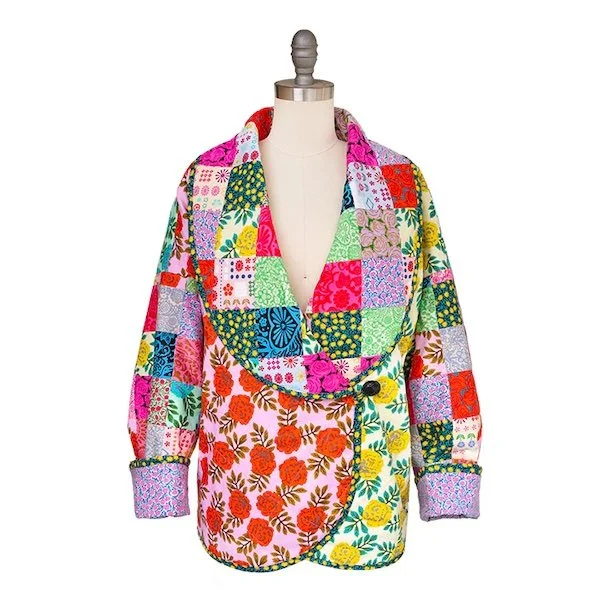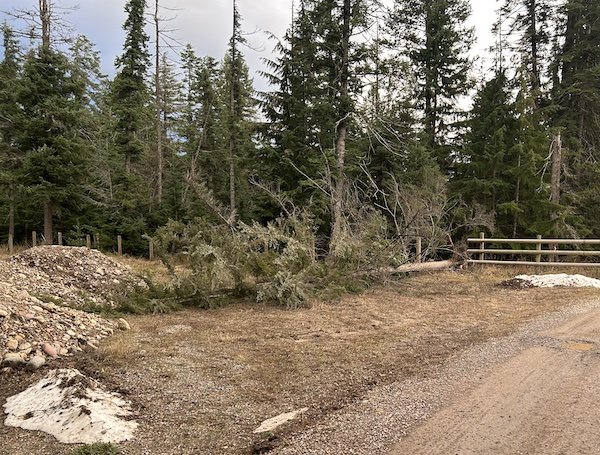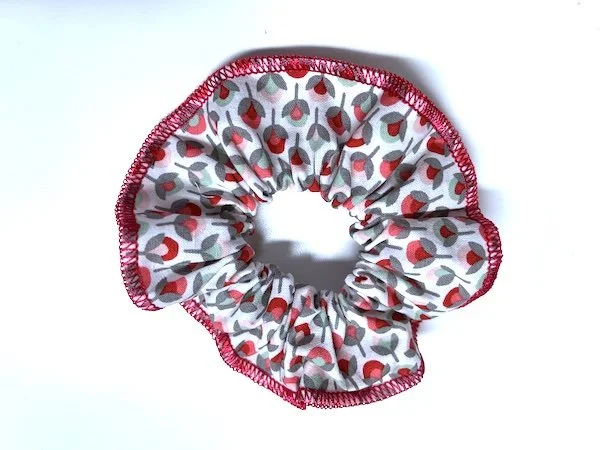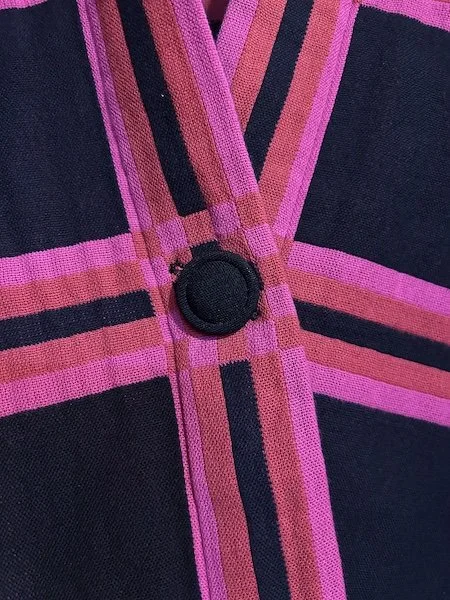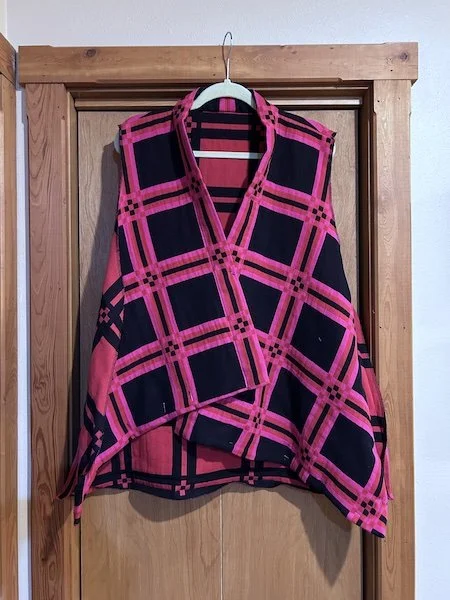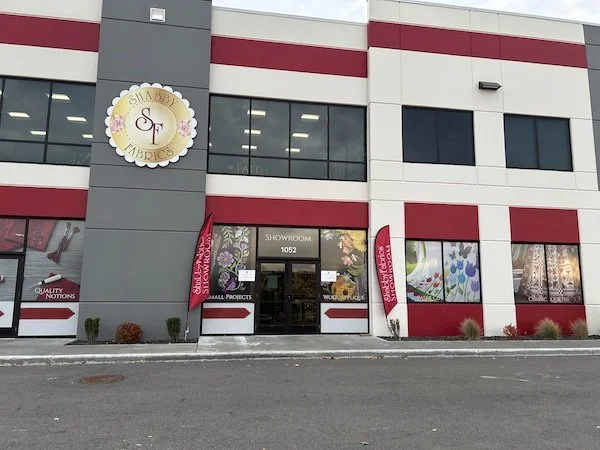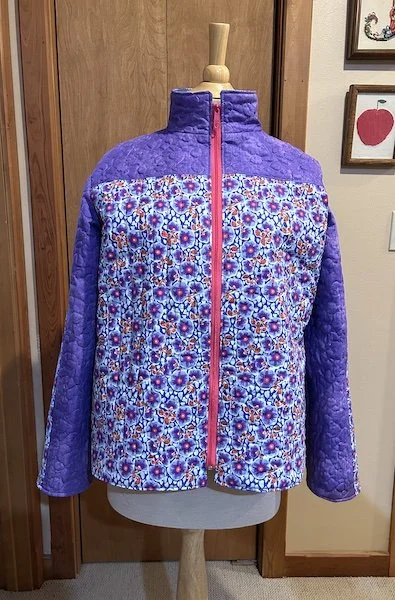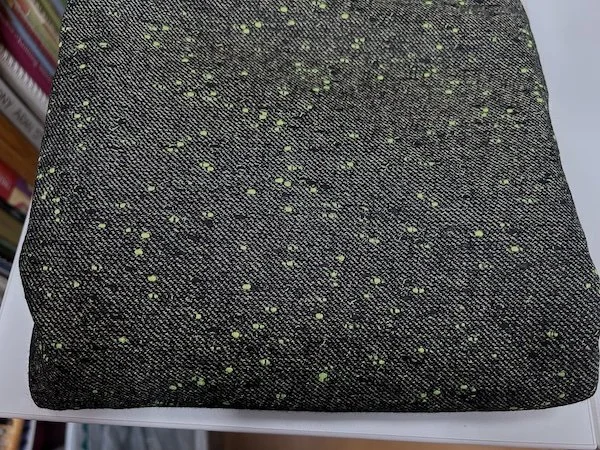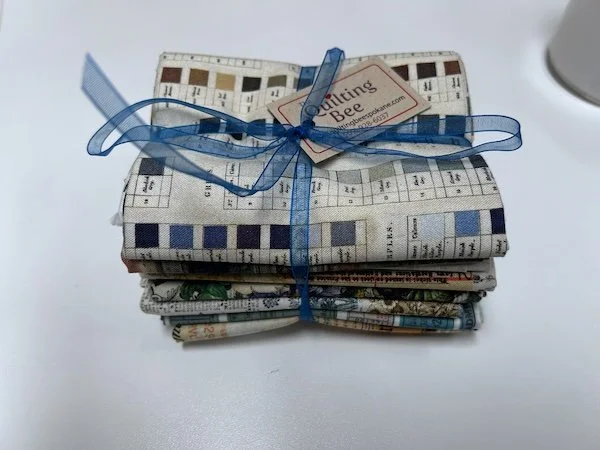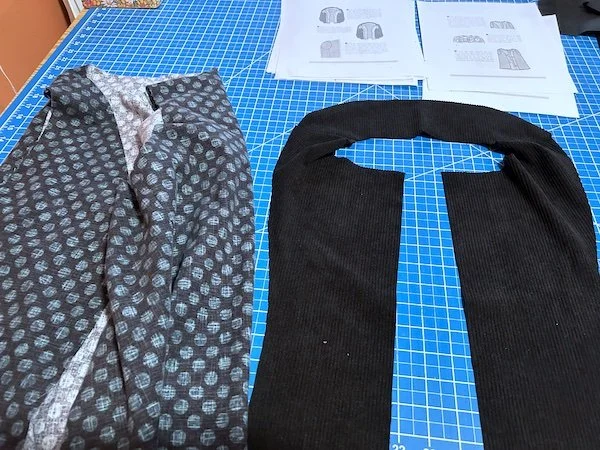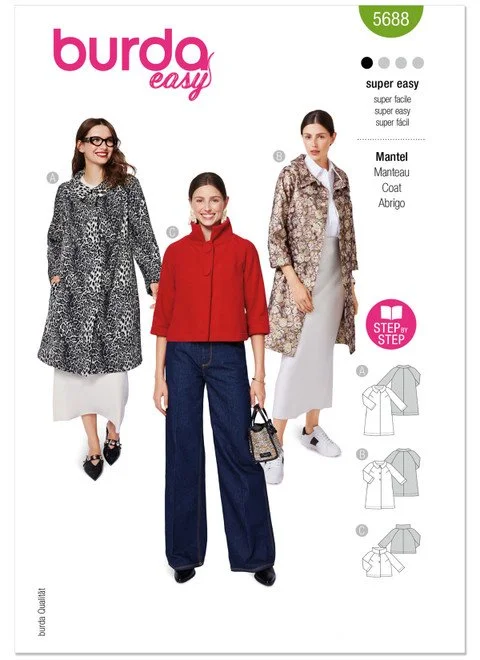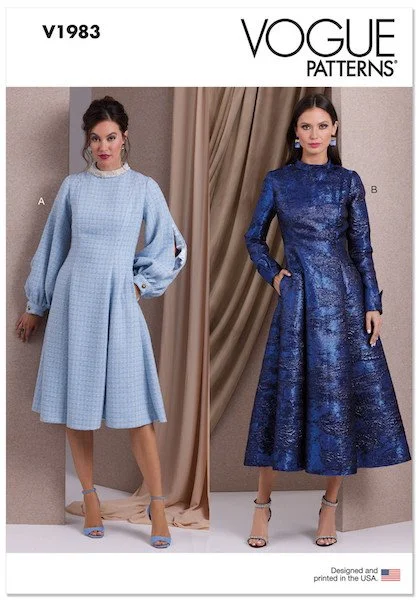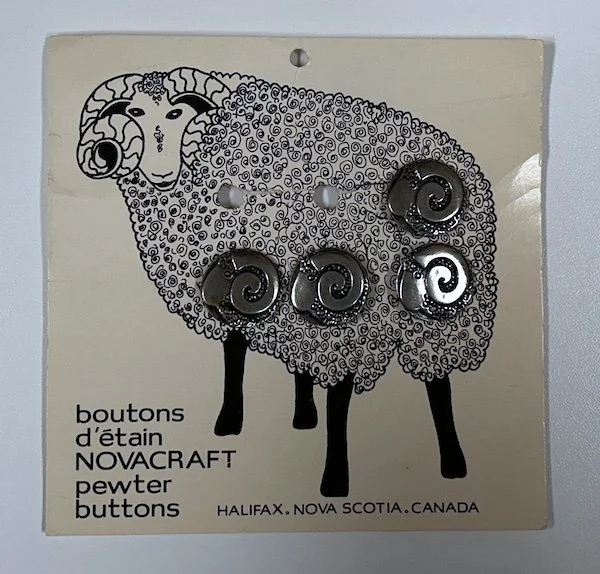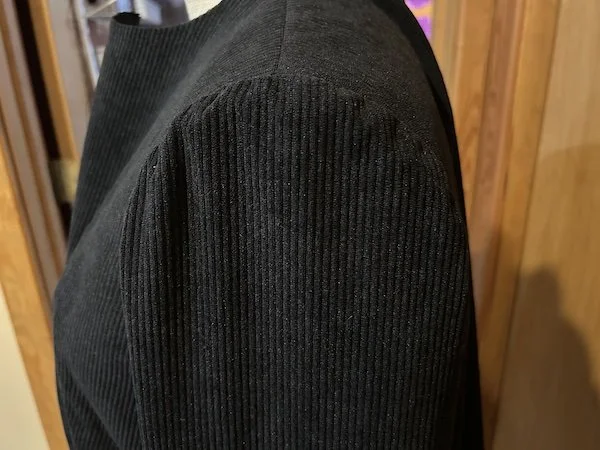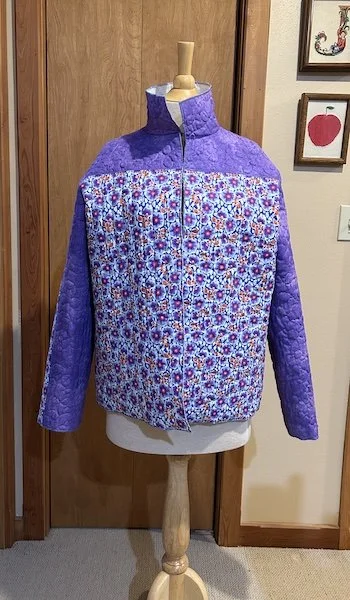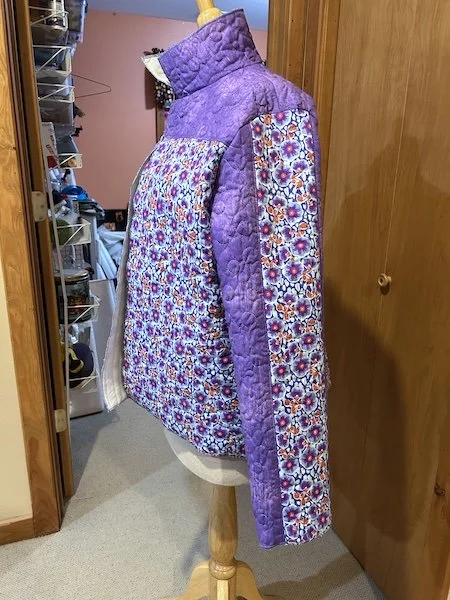Laid Back
The husband and I have been sloths this week. We have slept in every day—for him, that means 9 o’clock and for me, that means 6 o’clock 😇—and although we’re still working on projects, we’ve slowed our roll a bit and take lots of breaks. I doubt that either of us could stand a steady diet of this routine. For a few days, though, it’s a nice break.
I made a baby quilt this week using this fat quarter bundle of baby prints from The Quilting Bee in Spokane. This is Rainbow Dreams by Jenny Faw for Wilmington.
I had exactly enough fabric—I think I had one 2-1/2" strip left over when I was done piecing. I did a simple rail fence quilt because the prints were so cute that I didn’t want to cut them up too much. Also, the baby is due soon.
I’ll get a backing and batting and finish this one this week.
*****
I made a master list of priorities for January and February, broken down into the categories of Teaching, Construction Company, Church, Podcast, General Sewing, and Continuing Education (mine). I’ll refine those further in the coming days, but I wanted to make sure the time-sensitive ones were on my radar. I need to order supplies for my Sew Expo classes and that has to be done during the first week of 2026.
One of my friends showed me her bullet journal a few weeks ago and I think I might try keeping one of my own. It would be nice to have all of my lists in one central location.
One of the girls who works at the store wants to make another quilted jacket for Bernina University in June. She made one for BU this year from Tula Pink fabric with some custom embroidery and other fun touches. It was accepted into the fashion show in Salt Lake City. She received many compliments on it from other attendees. When I took my finished Tamarack into the store the other day, she tried it on to check the fit and sizing. The size I made fits her reasonably well, but it needs a few alterations specific to her shape. I am going to make those changes to the pattern and run up a muslin. The alterations I think she needs are ones I haven’t tried yet, so this will be a learning experience for both of us.
*****
I will leave you with something funny to watch. The husband found this video on YouTube the other day. Be aware that it is an AI-generated video with some obvious errors. However, the girls and I have been laughing about it because it’s like it was made about him. (Especially the part about it being a good day when no one talks to him and the part about pulling stranded vehicles out of ditches. We have never watched Yellowstone.) He even looks and dresses like the guy in the video. And his wife is familiar with jackets that have been mended many times . . .


